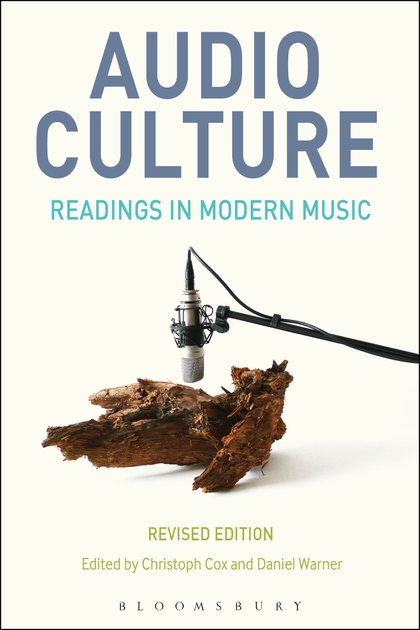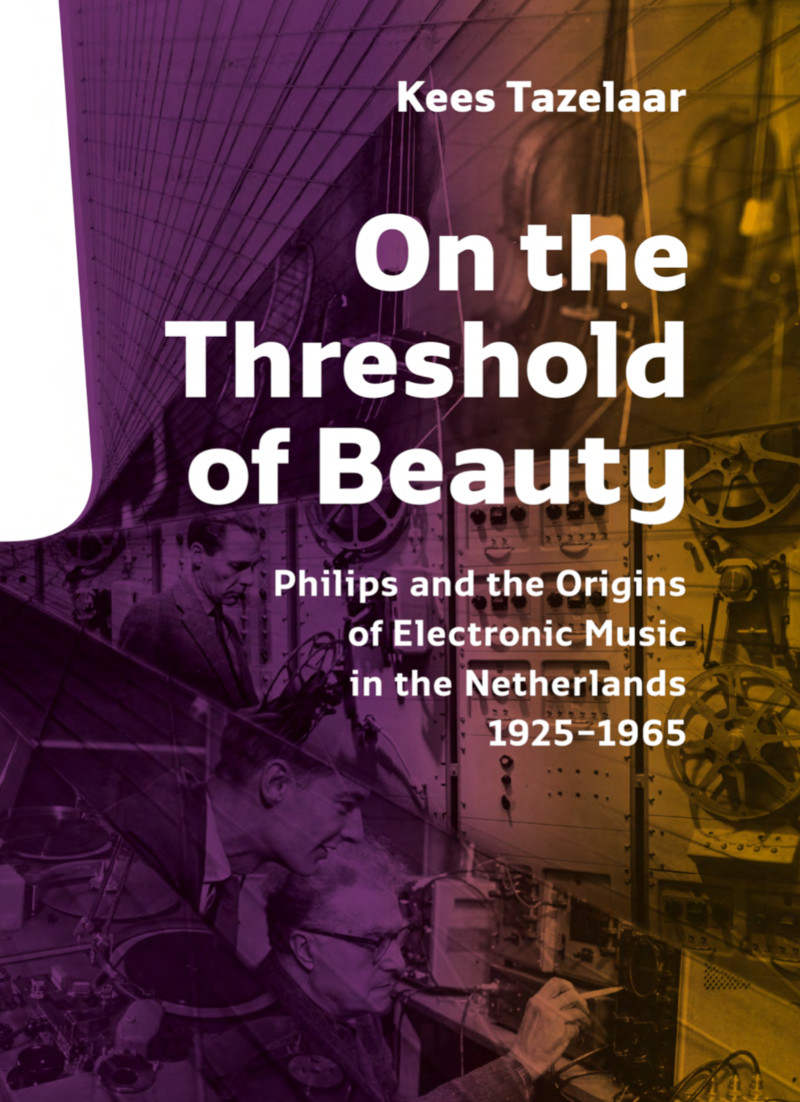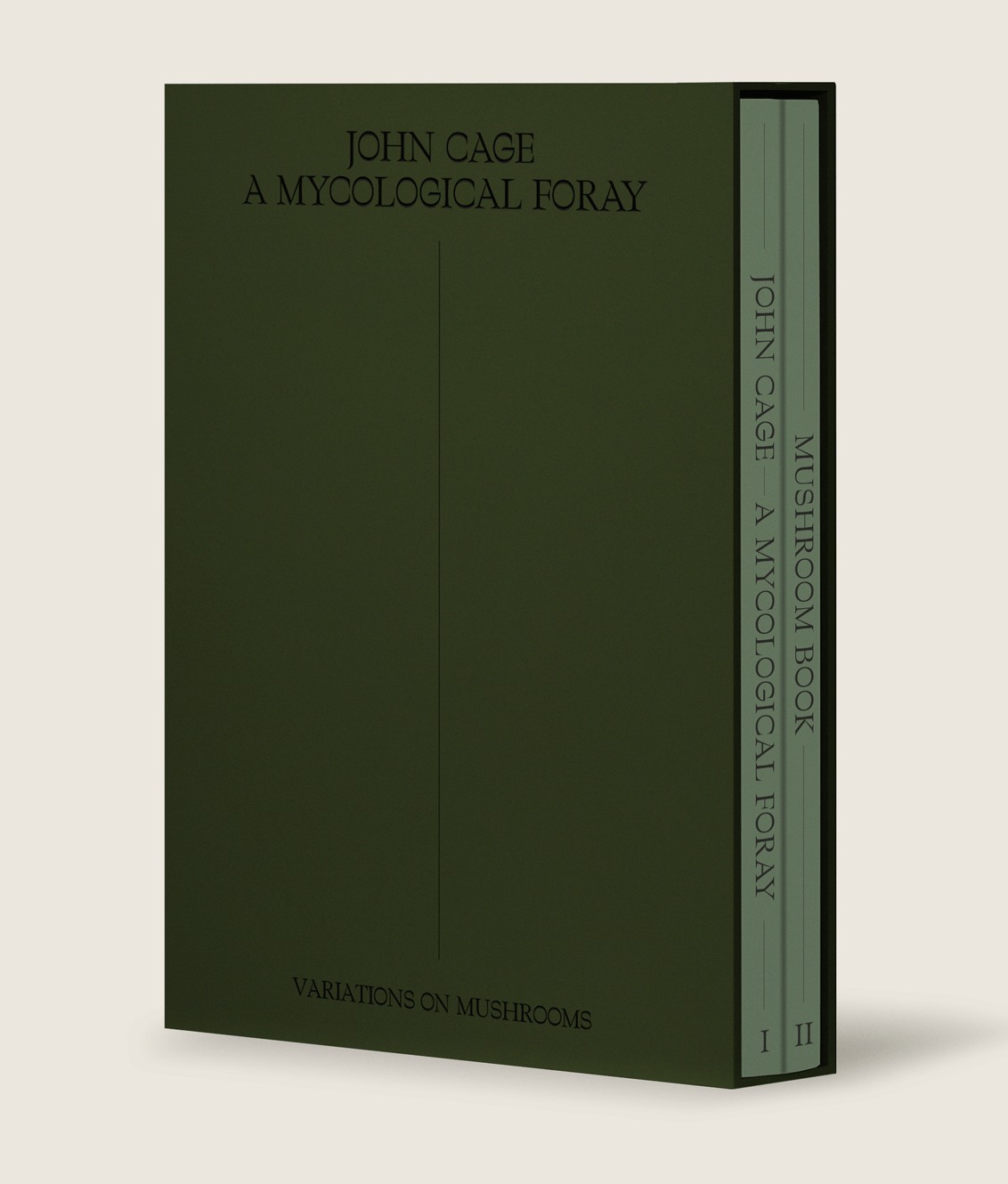Christoph Cox, Daniel Warner (eds.): Audio Culture: Readings in Modern Music (2004/2017)
Filed under book | Tags: · composing, composition, djs, electroacoustic music, electronic music, experimental music, improvised music, listening, minimal music, music, music criticism, music history, music theory, musique concrète, noise, silence, sound

“Audio Culture maps the aural and discursive terrain of vanguard music today. Rather than offering a history of contemporary music, the book traces the genealogy of current musical practices and theoretical concerns, drawing lines of connection between recent musical production and earlier moments of sonic experimentation. It aims to foreground the various rewirings of musical composition and performance that have taken place in the past few decades and to provide a critical and theoretical language for this new audio culture.
Via writings by philosophers, cultural theorists, and composers, Audio Culture explores the interconnections among such forms as minimalism, indeterminacy, musique concrète, free improvisation, experimental music, avant-rock, dub reggae, ambient music, hip hop, and techno. Instead of focusing on the putative “crossover” between “high art” and “popular culture,” Audio Culture takes all of these musics as experimental practices on par with, and linked to, one another.
Audio Culture includes writing by some of the most important musical thinkers of the past half-century, among them John Cage, Brian Eno, Glenn Gould, Umberto Eco, Ornette Coleman, Jacques Attali, Simon Reynolds, Pauline Oliveros, Paul D. Miller, David Toop, John Zorn, Karlheinz Stockhausen, and many others. The book is divided into nine thematically-organized sections, each with its own introduction.”
Publisher Continuum, September 2004
Second, revised edition, Bloomsbury, 2017
ISBN 9781501318351, 1501318357
xviii+646 pages
Reviews: Ian Whalley (Computer Music Journal, 2005), Christopher DeLaurenti (eContact!, 2006), Dene Grigar (Leonardo, 2005), Clemens Gresser (Tempo, 2005), Gregory Taylor (Cycling74, 2018).
PDF, PDF (updated on 2021-2-6)
EPUB, EPUB (updated on 2021-2-6)
Kees Tazelaar: On the Threshold of Beauty: Philips and the Origins of Electronic Music in the Netherlands, 1925-1965 (2013–)
Filed under book | Tags: · composition, electroacoustic music, electronic music, music, music history, musique concrète, netherlands, serialism

“The first studio for electronic music in the Netherlands was not a radio studio — as in so many other countries — it was located at the research laboratory of Philips (also known at NatLab). From 1930 it had been part of the electro-acoustic research program which combined technical, economic, sociologic and musical aspects. The first compositions realized in the Philips studio were thus test-cases. Parallel to this research, other departments of Philips, purely focused at marketing, developed plans for the Philips Pavilion at the World Expo of 1958 at Brussels. Philips planned a demonstration for the general public of the possibilities of sound and light, but through the engagement of Le Corbusier, Iannis Xenakis and Edgar Varèse this project took a strong turn towards the avant-garde. The result, now considered a milestone in the history of electronic music, was in many ways more experimental than the music produced at the Philips research laboratory.
The story of electronic music at the Philips research laboratory and the Philips Pavilion are the first two main strands of the book On the Threshold of Beauty, in which Kees Tazelaar for the first time unravels the course of events, and debunks some of the myths around the Philips Pavilion. A third historical strand concerns the needs of composers, who desired to learn how to compose in the new medium. In 1957 Walter Maas and the CEM set up an electronic studio at the Technical University of Delft for this purpose, which fused with the Philips studio in 1960, and afterwards moved to the University of Utrecht. Tazelaar writes about the works realized at this studio (STEM), as well as about the activities of the ground-breaking German composer Gottfried Michael Koenig who comes to the Netherlands in 1961 and in 1964 takes over the direction of STEM.”
Publisher V2_, Rotterdam, 2013
Revised digital edition, 2020
Open access
ISBN 9789462080652, 9462080658
314 pages
HT Raviv
Reviews: René van Peer (Eindhovens Dagblad, NL, 2013), Hubert Steins (MusikTexte, 2014, DE), Maarten Brandt (OpusKlassiek, NL, 2014), Aurelio Cianciotta (Neural, 2014), Gregory Taylor (Cycling74, 2015).
Book website
Publisher
Publisher (digital edition)
WorldCat
John Cage: A Mycological Foray – Variations on Mushrooms, 2 vols. (1972/2020)
Filed under artist publishing, book | Tags: · chance, composing, composition, ecology, mushrooms, music, sound

“John Cage: A Mycological Foray draws readers across the idiosyncratic, mushroom-suffused, innermost landscape of celebrated American composer John Cage. Upon the remarkable journey with Cage, one encounters assorted photographs, compositions, and contemplations; all in the very same unexpected fashion one encounters various flora and fungi species while mushroom foraging.
Volume I encompasses Cage’s mycological-oriented Indeterminacy stories, Diary excerpts, and essays; and the complete transcript of Cage’s 1983 performance, MUSHROOMS et Variationes.”
Volume II offers the inaugural reproduction of Cage’s 1972 portfolio, Mushroom Book, printed in 1972 in the limited run of 75 copies. The book is a study of fifteen different species of mushrooms, and each folio includes Cage’s poetry, sketches, and drawings (placed on the page by chance operations); scientific information about the mushrooms by Alexander H. Smith; and botanical illustrations by Lois Long.
John Cage: A Mycological Foray is developed in collaboration with the John Cage Trust.
With essay by Kingston Trinder and texts by Isabelle Bucklow.
Edited by Ananda Pellerin
Publisher Atelier Éditions, New York, 2020
ISBN 1733622004, 9781733622004
224 pages
via Alexandra Fanning, HT Georges Vantongerloo
PDF (watermarked file from publisher’s Dropbox, contains both volumes; no longer available as of 2 July 2020)
Comments (9)
